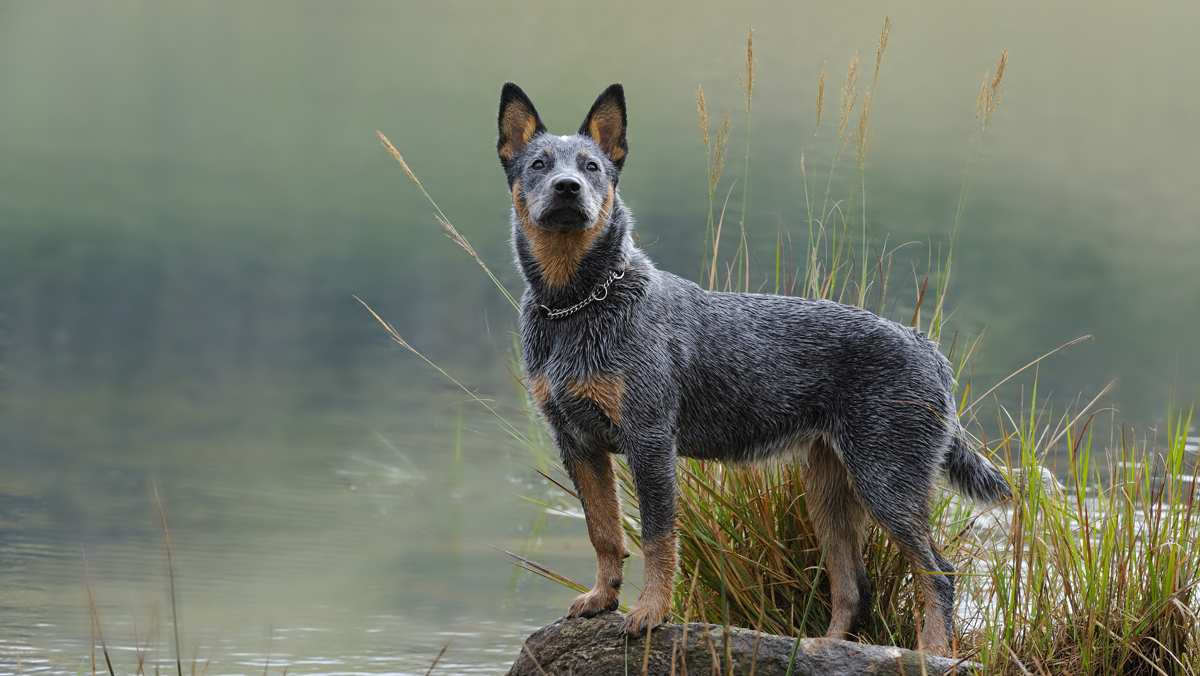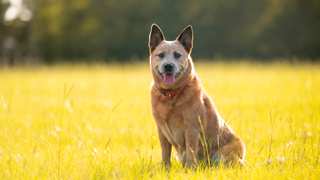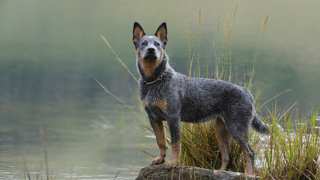Australian Cattle Dog Breed Details
Below are the characteristics and traits of the Australian cattle dog breed.Australian Cattle Dogs were produced to fulfill the need of driving massive herds of unruly cattle through harsh, open ranges. They are not for first-time dog owners, and even fairly experienced dog people might find them difficult to control. Blue Heeler behavior problems tend to be not so much with the dog but not having proper authority to oversee them. They can be good companions so long as they are exercised at length on a daily basis. They won't do for apartment lifestyles, and they are not recommended for households with cats, very young kids, and sometimes even other dogs. Learning as much Australian cattle dog information as possible is key to managing these dogs properly.
Here are some Blue Heeler facts that are good to know:
PROS
- Sturdy
- Very loyal
- Bonds strongly
- Highly intelligent
- Loves agility tasks
- Exceedingly active
- Superior herding dog
- Great at canine sports
- Protective of family members
CONS
- Can be jealous
- May bark a lot
- Might nip at kids
- Wary of outsiders
- Tendency to roam
- Separation anxiety
- Rigorous exercise needs








